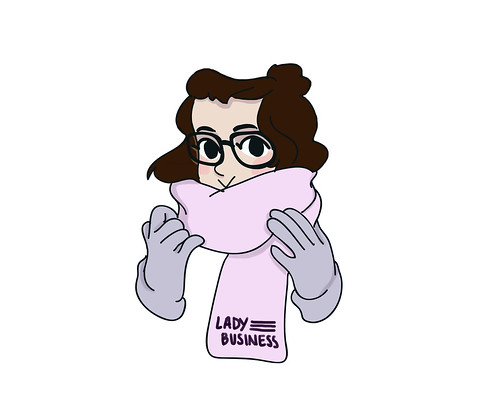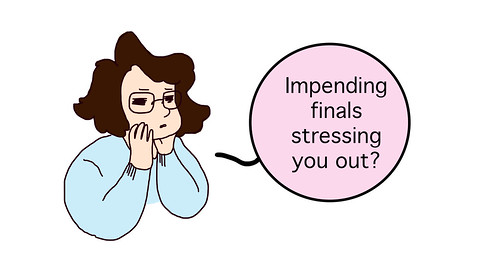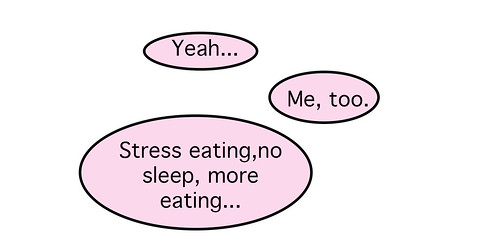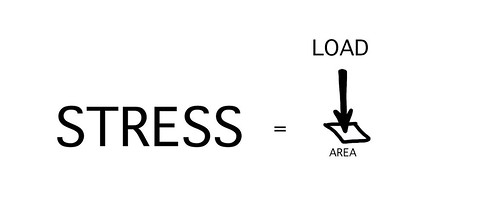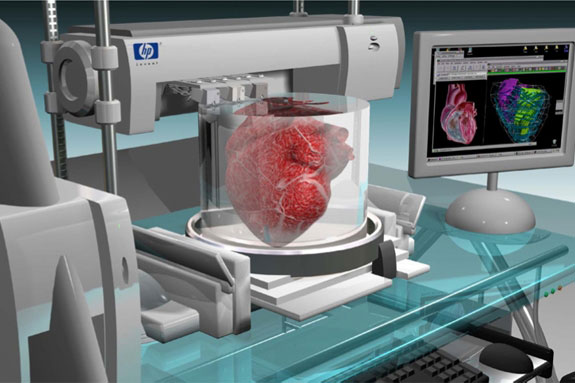
The scientific method is something we are all familiar with. Basically, it is the systematic observation, measurement, experimentation and modification of a hypothesis.
I am a great believer in the scientific method. It is never scientifically proven until it can be repeated multiple times with the same result and I am proud to say that I have been conducting thorough scientific observation since my formative years. Take for example, the research I helmed in electrical conductance and insulation:
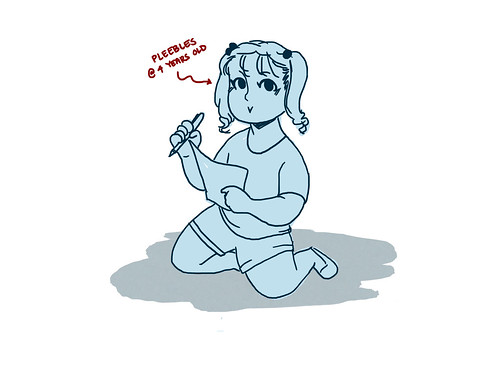
As any famed scientist should, I shall share with you the findings of my experimentation. And because I am also a storyteller, we shall set the scene…
It was midday somewhere in the hills of Cebu City, Philippines. A young Pebbles has been sent to bed for a nap before she attends pre-school. With the doors shut and the sun shining, our rebellious little scientist refused to shut her eyes. Instead, she discovered one of her father’s pens, laying on the bed beside a stuffed animal.
Now rumor had it that if one were to put a metal something into a socket, it would electrocute said idiot. But, it was Pebbles’ hypothesis that if there were a buffer (the teddy bear) between the metal something (the fancy pen) and herself, there would be no cause for injury. And so, our little scientist set to work…
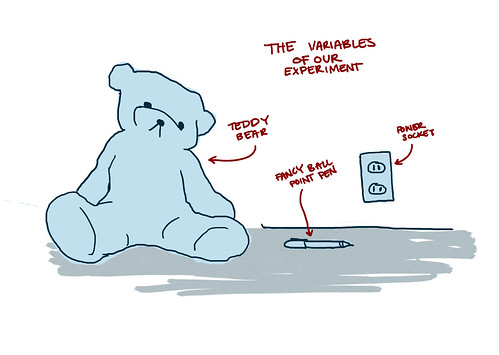
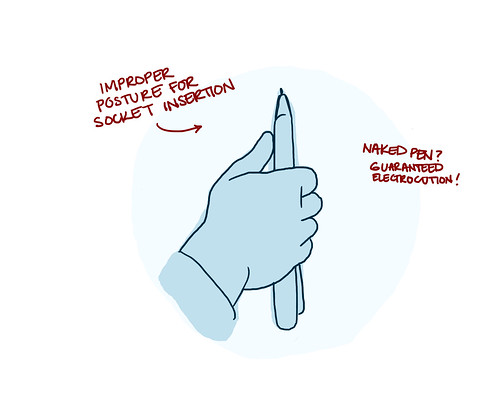
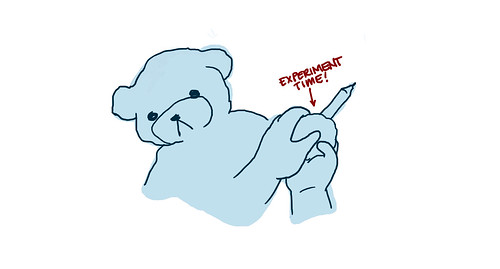
There is a moment in every young scientist’s life that she realizes she’s made a grave mistake. As the daylight suddenly turned to darkness, little Pebbles–

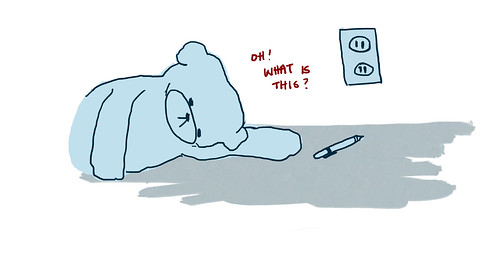
Rumor had it, that if one were to put a metal something into a socket…


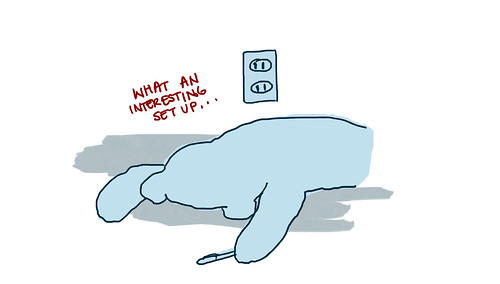
Rumor had it…



It was now three p.m. The sun was lower, but our young scientist had exhausted her resources. Her blackout in the name of science had been longer this time around. It was now time for preschool. Rumor had been true and her hypothesis false. Conclusion:
Teddy bears are terrible electrical insulators.
—-
Anyone recall their childhood science experiments?
All artwork by Pebbles!

